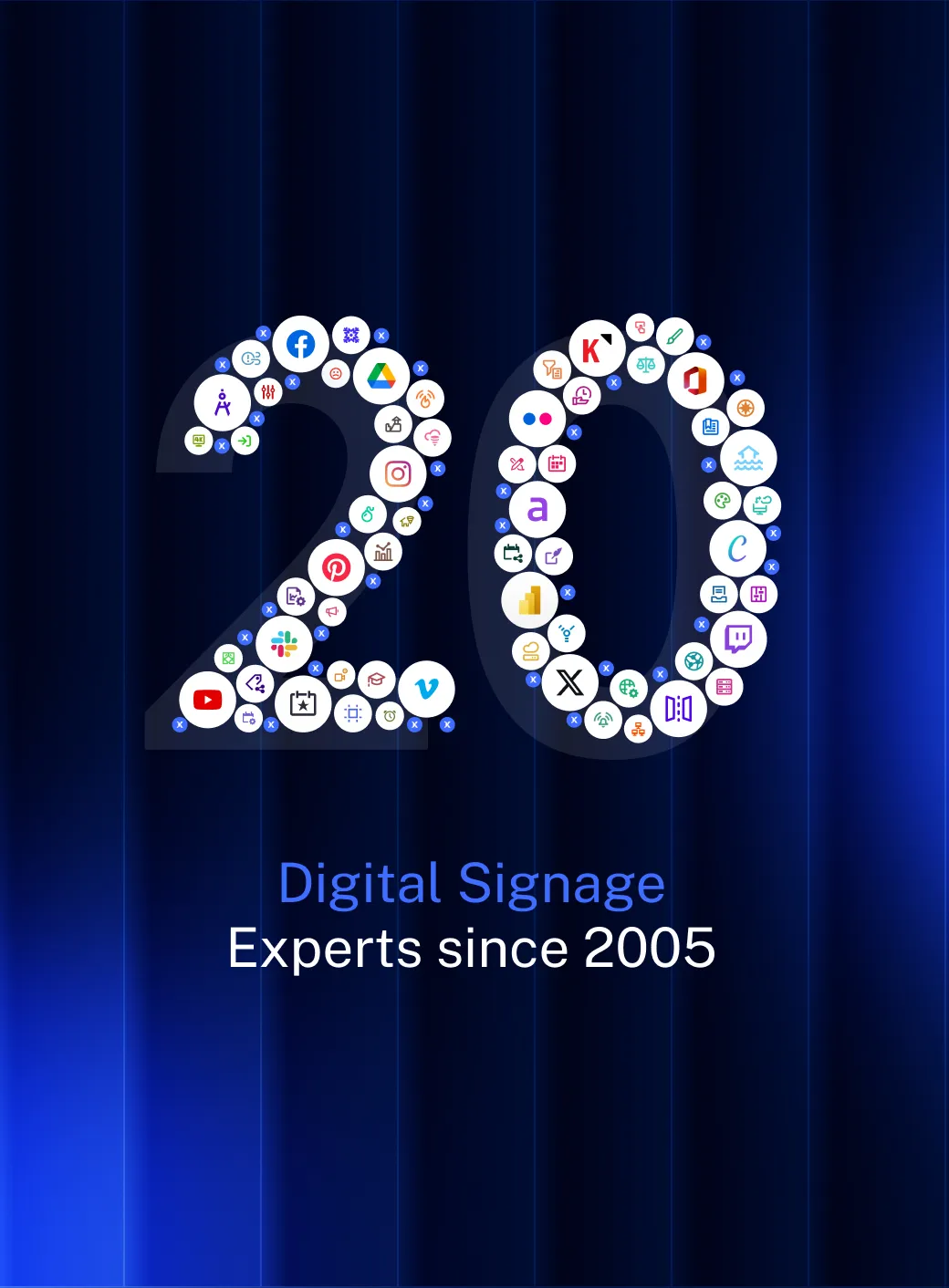

Before we discussdigital menu board mistakes,we strongly suggest watching this SNL skitas it is totally relevant to how you need to design your digital menu boards, and why.It’s also entertaining in and of itself.Now that you’ve watched the video, you understand the impact a menu board can have, especially considering that the average person makes more than 200 decisions about food every day, many of them unconsciously. You also now understand how costly digital menu board mistakes can be.We all know that the restaurant industry is highly competitive, and unless you have a star chef or a haute cuisine, chances are you will have trouble standing out from the crowd. Anyone who has seen an episode of Restaurant: Impossible knows that restaurants need much more than grandma’s classic recipes to survive.In fact, according to a study by Ohio State University, 60% of restaurants do not make it past the first year, and 80% go under in five years.The current state of the restaurant industry, and our eating habits are just a few factors that are driving restaurant owners to perpetually look for ways to set themselves apart from the fierce competition. Many are implementing digital menu boards, which is great, but some of these menu boards suck!Yes, there are more affordable TVs and powerful media players than ever before. And yes, installing digital signage is not as hard a feat as it used to be.But upgrading from static menu boards to digital menu boards alone is not enough. More effort needs to be put into these menu boards in order to drive sales, engage with customers, and enhance their in-venue experience.
Here are a few tips:
For more tips, take a look at this free whitepaper.And avoid making “Pacinos” and “DeNiros” out of your customers.
[standard_button title="Download Whitepaper" url="https://www.mvixusa.com/download/whitepapers/Top-10-Digital-Menu-Board-Mistakes.pdf" class="open-modal" blue="1" big="1" width="330px"]